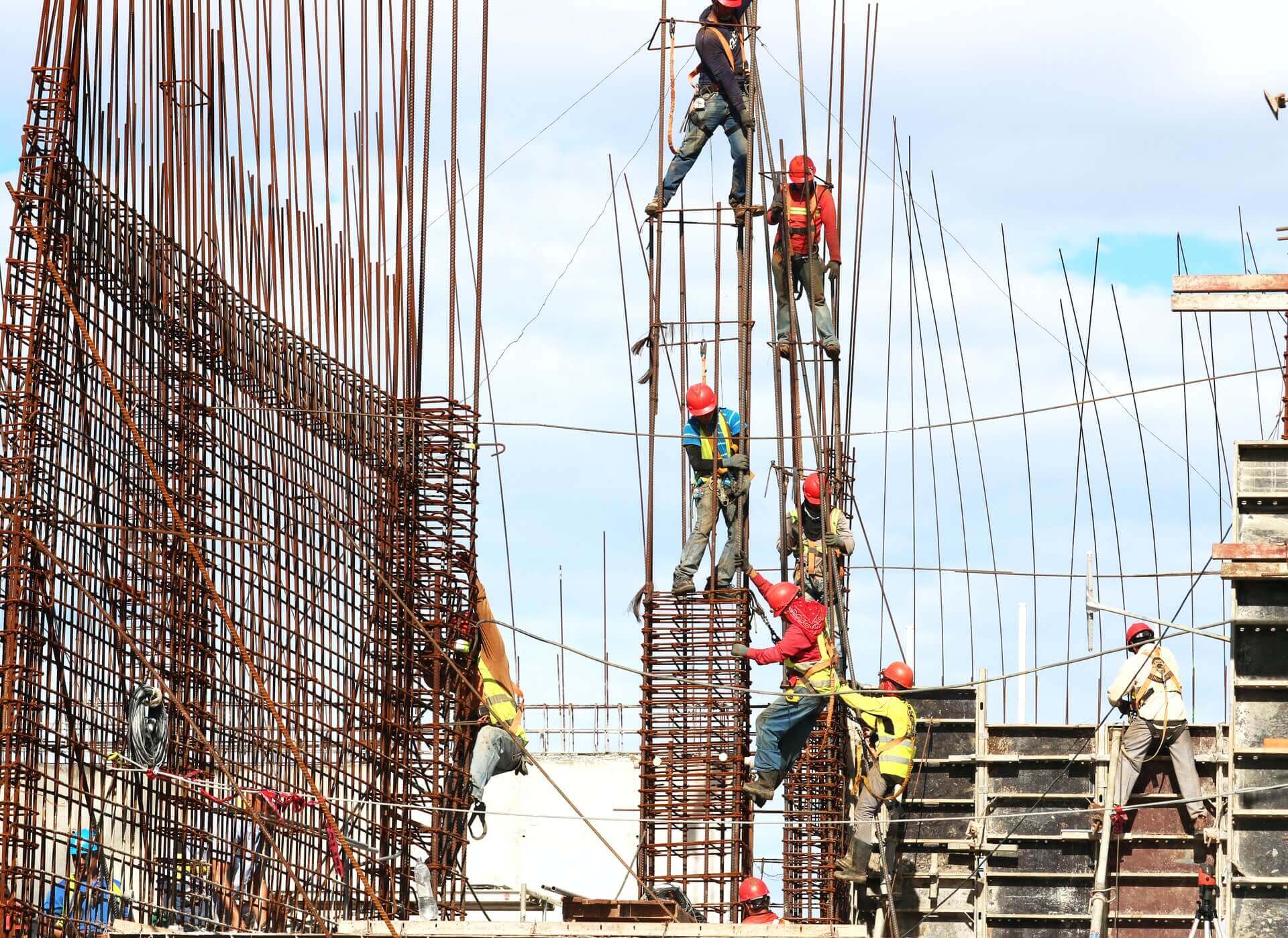The U.S. government announced that it will give an extra 20,000 additional H2B visas in order to provide jobs for immigrants and boost the economy.
The Department of Labor (DOL) and the Department of Homeland Security (DHS) jointly unveiled a new measure aimed at boosting jobs for immigrants in the United States while reviving the country’s battered economy. The amount of 20,000 extra H2B visas will be issued during the first half of the fiscal year, providing relief to workers, producers, and consumers alike.
These visas will specifically provide work for immigrants who wish to be employed in temporary non-agricultural activities before March 31, 2022. This is the first policy that grants additional H2B visas during the first part of a fiscal year.
The Department of State (DHS) reported that this new measure modernizing and strengthening the H2B visa program will be reported in a specific rule separate from the traditional rule governing the program. In addition, its officials assured that all necessary precautions will be taken to protect workers from situations of exploitation and discrimination.
It is also worth noting that the increase in visas is another Biden administration policy to encourage legal immigration by expanding permits and easing paperwork. Besides, recent measures taken to reduce the delay in acquiring immigrant visas are along the same lines.
Are you having problems with your immigration process? Don’t worry, at Jaskot Law, we know how to help you!

Who will be given the additional 20,000 H2B visas?
Out of the 20,000 total extra visas, 13,500 will be allocated to workers who, during the last three fiscal years, have already obtained H2B status in some form. This category of workers is referred to as “returning workers” by USCIS.
The remaining 6,500 visas will be allocated to workers from the Northern Triangle countries (Guatemala, Honduras, and El Salvador), and Haiti, which has been hard hit by the social crisis.
There are two main objectives for the issuance of these additional visas. On the one hand, it seeks to encourage legal immigration and provide jobs for immigrants from the countries most affected by the social, political, economic, and health crises. On the other hand, it seeks to stimulate the development of the U.S. economy, in which immigrants play an essential role.

What is the H2B visa?
H2B visas are work visas specifically designed for non-agricultural migrant workers. They are usually used by workers in the landscaping, housekeeping, hotel, construction, and carnival industries.
There are certain conditions that must be met to qualify for these visas:
- The job must be temporary.
- Employers must verify that there are no workers in the United States willing to fill the position.
- Employers must ensure that hiring a non-citizen will not adversely affect the wages and working conditions of U.S. workers doing the same jobs.
The traditional number of H2B visas issued is 66,000 per fiscal year, out of which 33,000 are aimed at workers who begin their employment during the first half of the fiscal year, and 33,000 at those who begin their employment during the second half of the fiscal year. If there remain vacant visas from the first half of a year, they can be used in the second half of the year. However, if they become vacant during the second half of the year, those visas are lost.
The issuance of 20,000 extra visas represents a remarkable increase that will boost U.S. jobs for legal immigrants while helping to rebuild the battered economy.
If you are looking for quality legal advice, do not hesitate to contact our specialized attorneys at Jaskot Law. We have extensive experience in successfully resolving all types of immigration cases. Patience and tenacity are our greatest strengths.
Theodora Carbel stands out as a content creator specializing in the Latino market, taking advantage of her deep knowledge in the field. Her academic background in Sociocultural Anthropology, and her extensive experience in Copywriting focused on U.S. immigration law, have been the foundations to her professional development.


